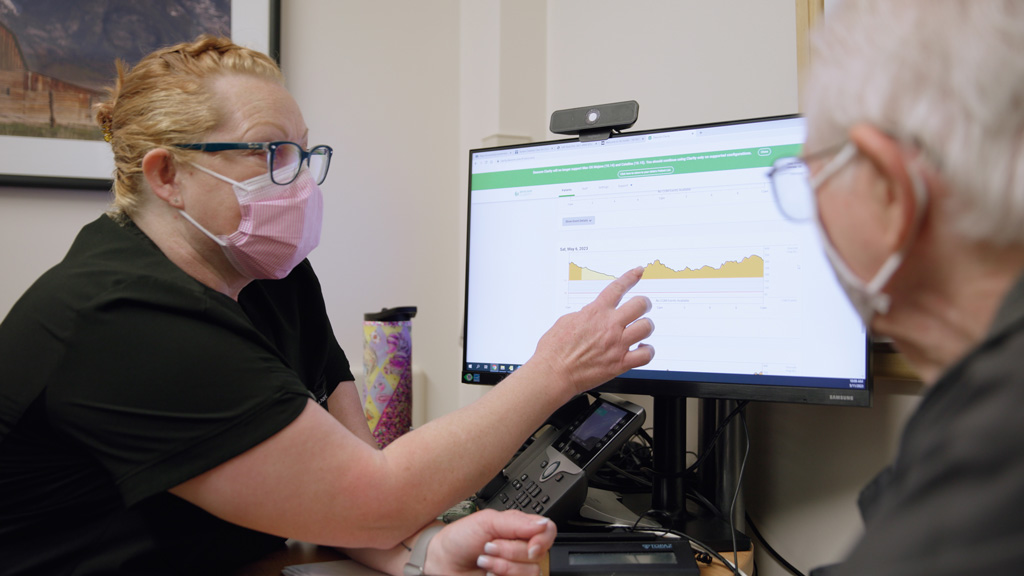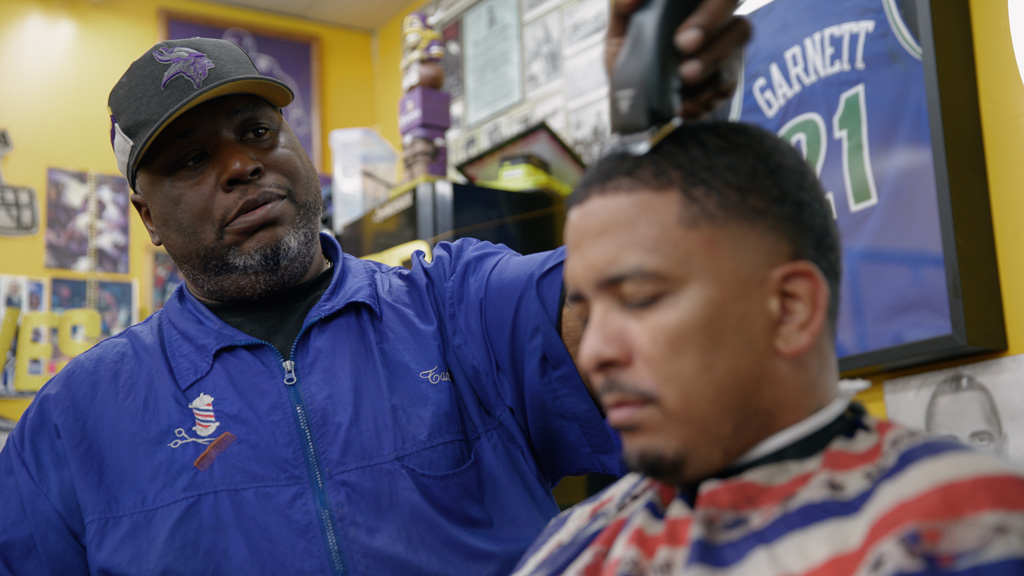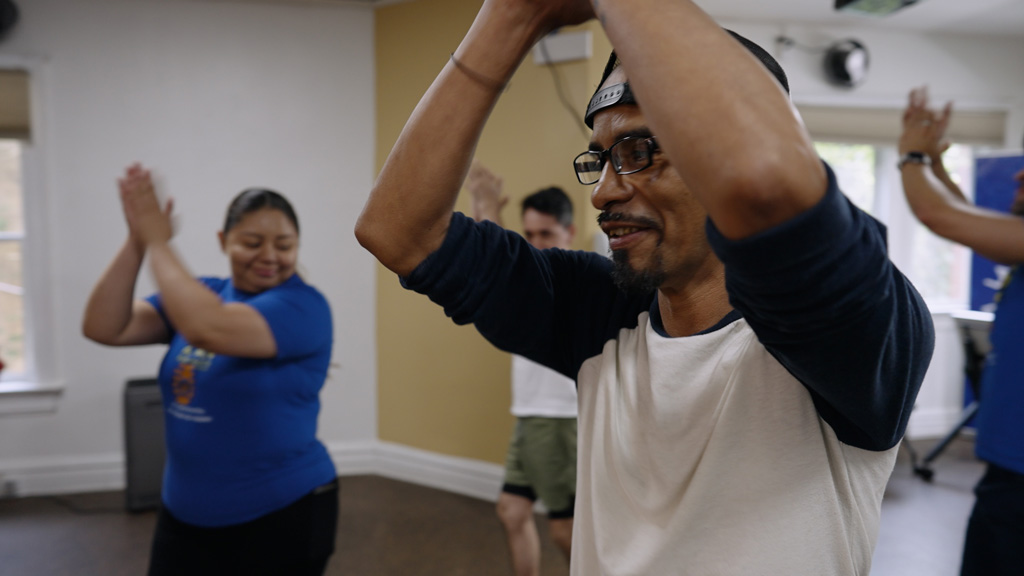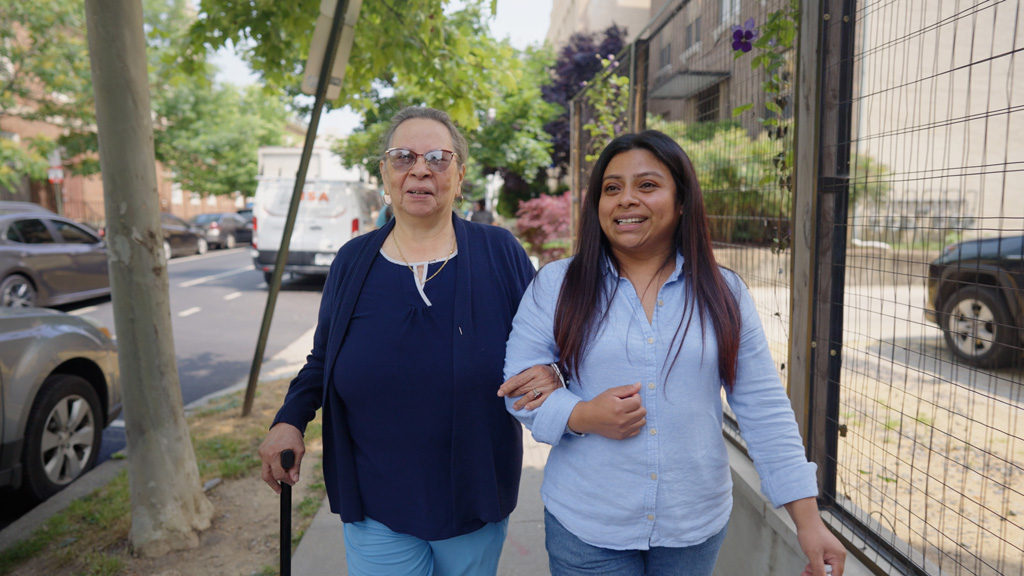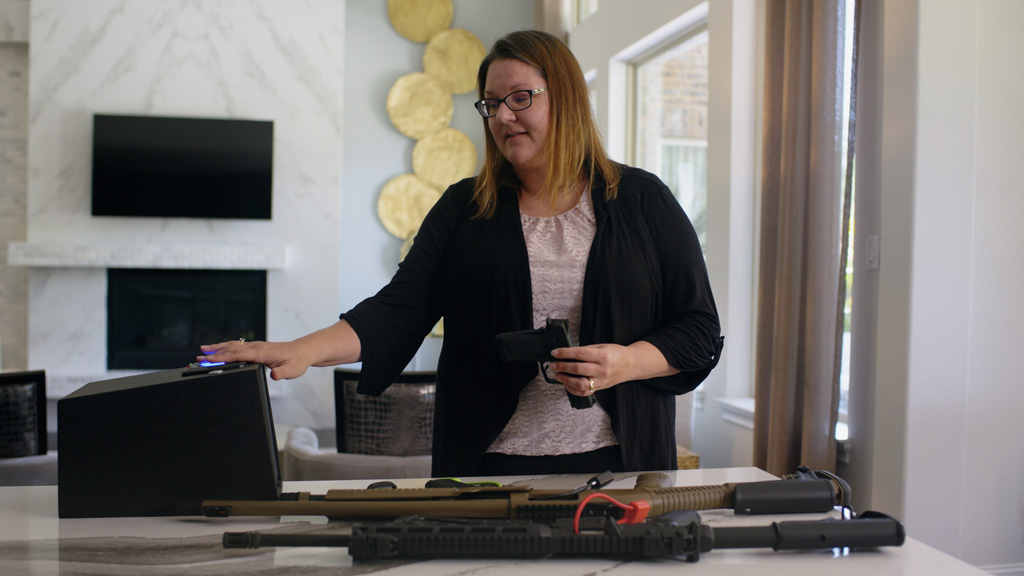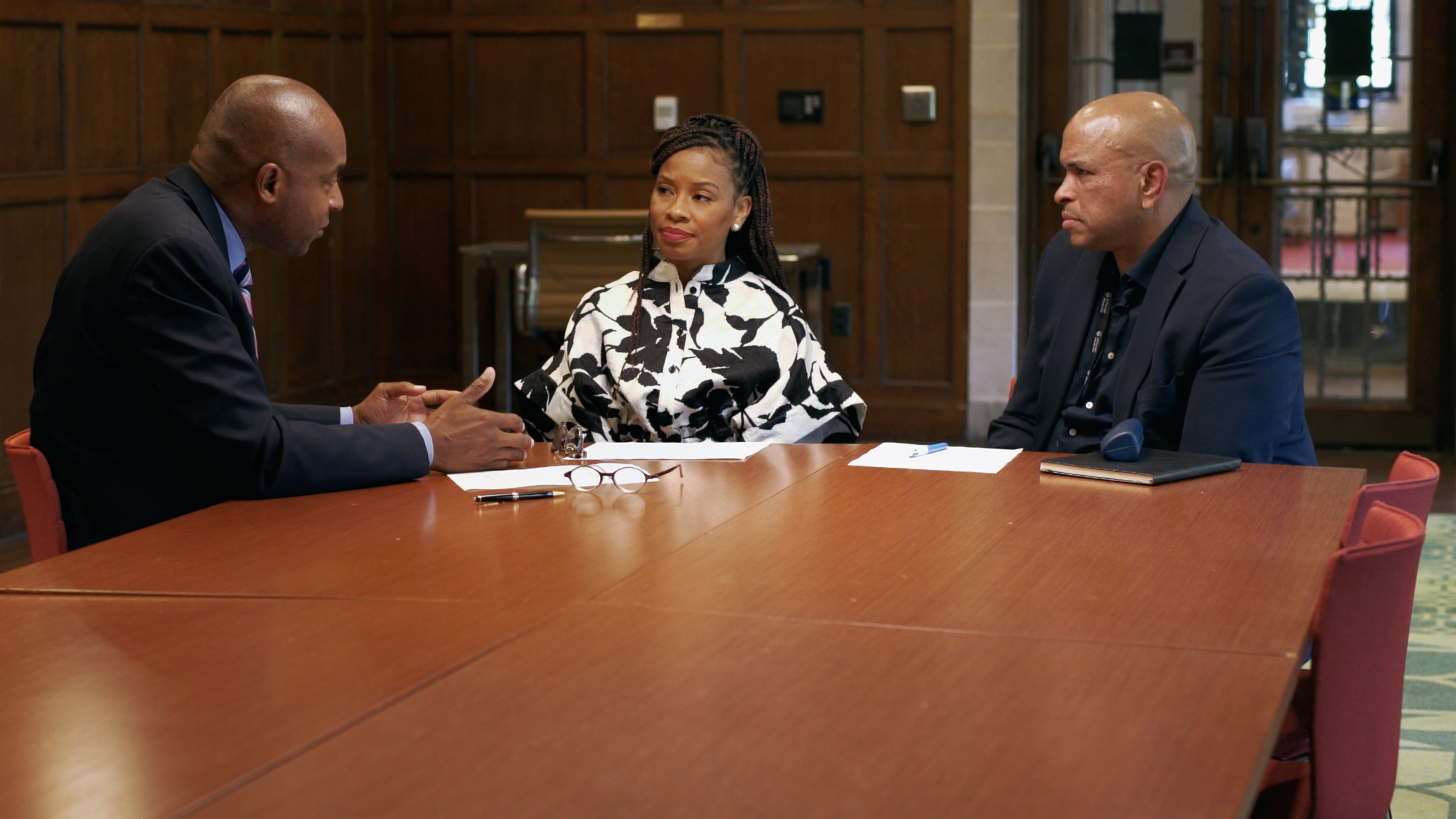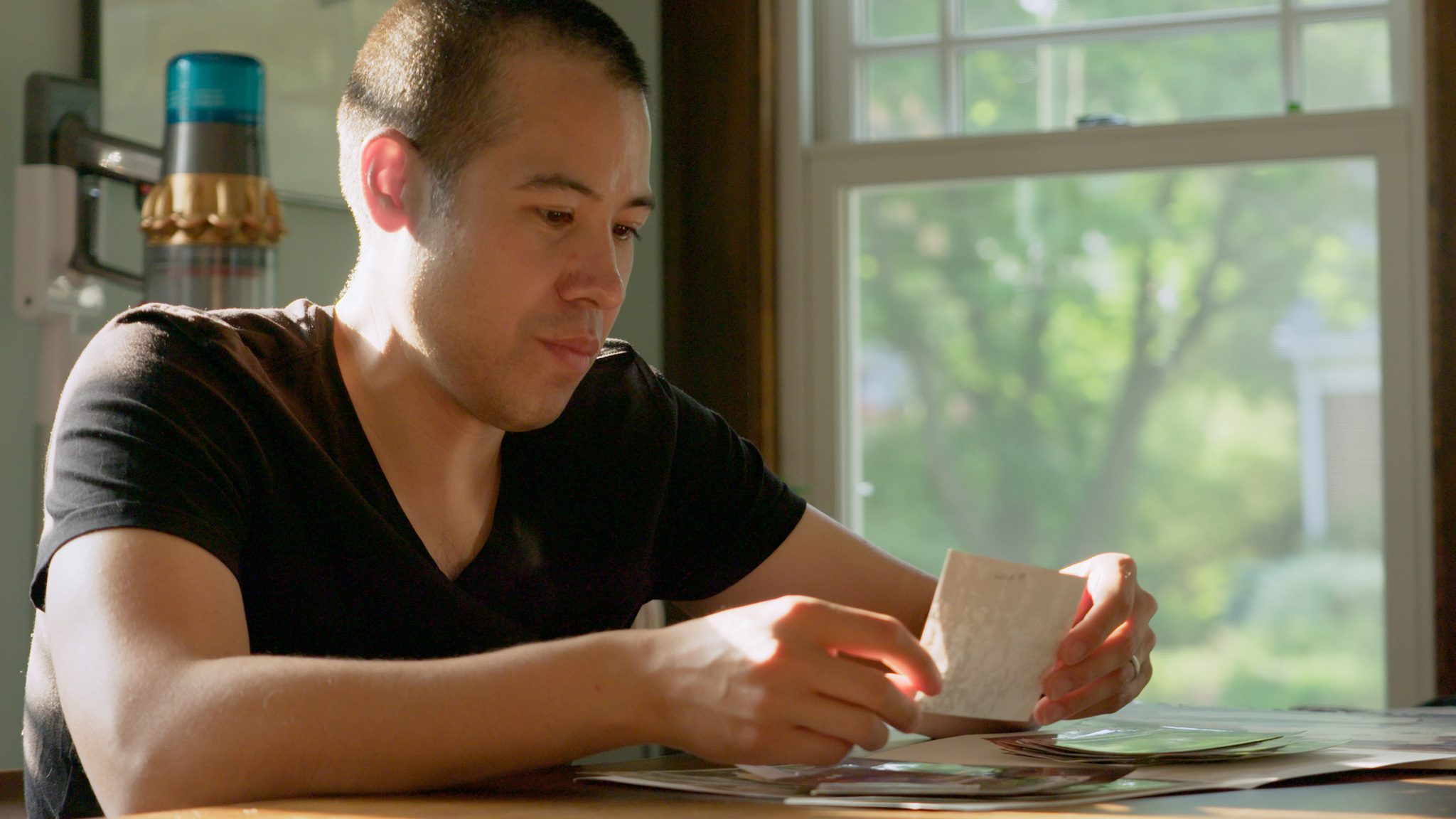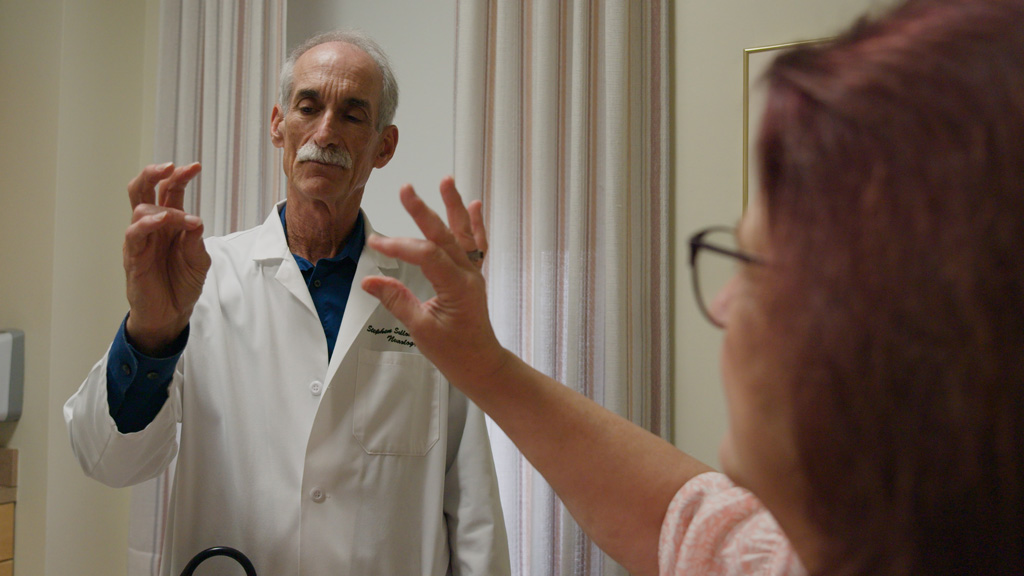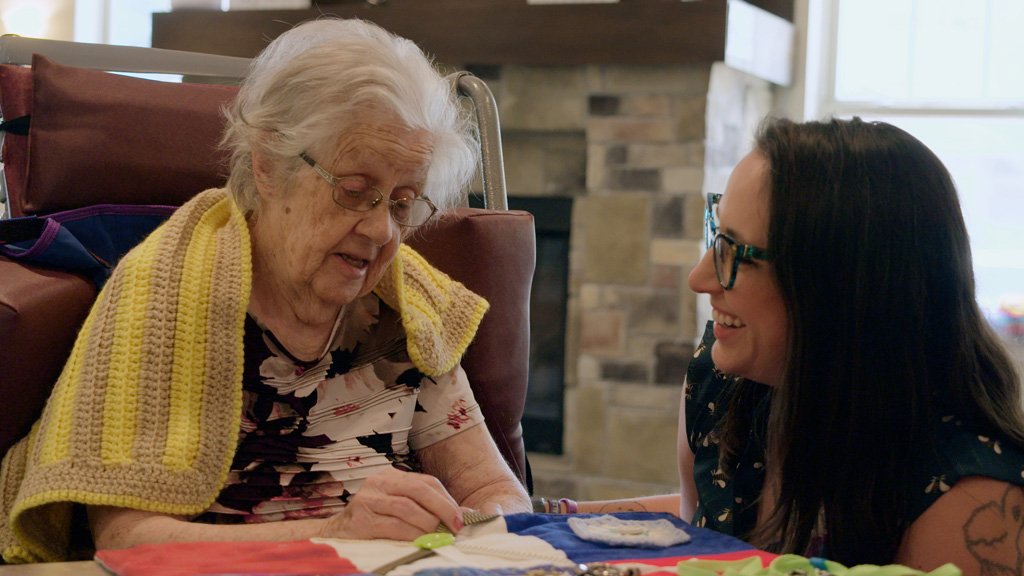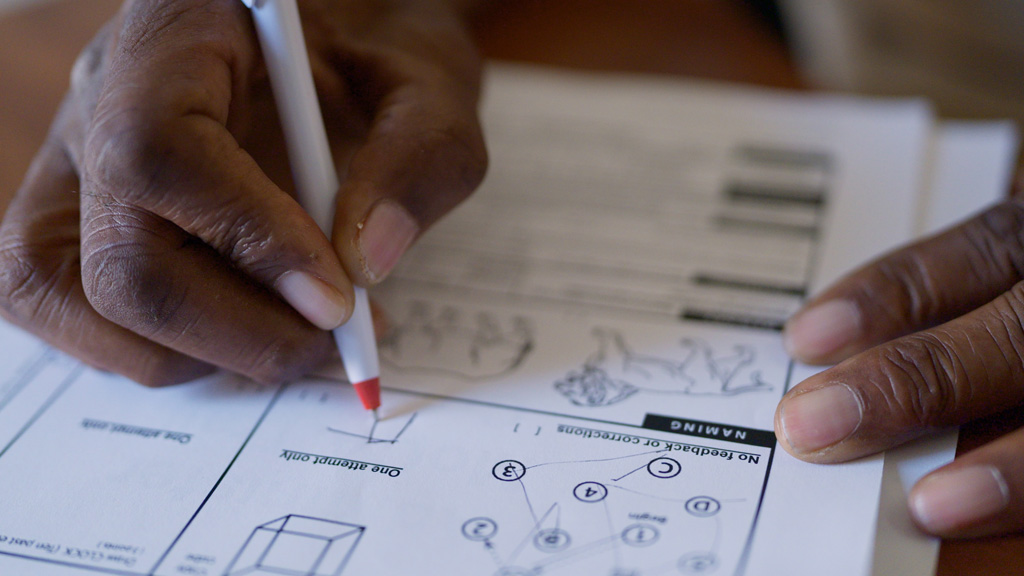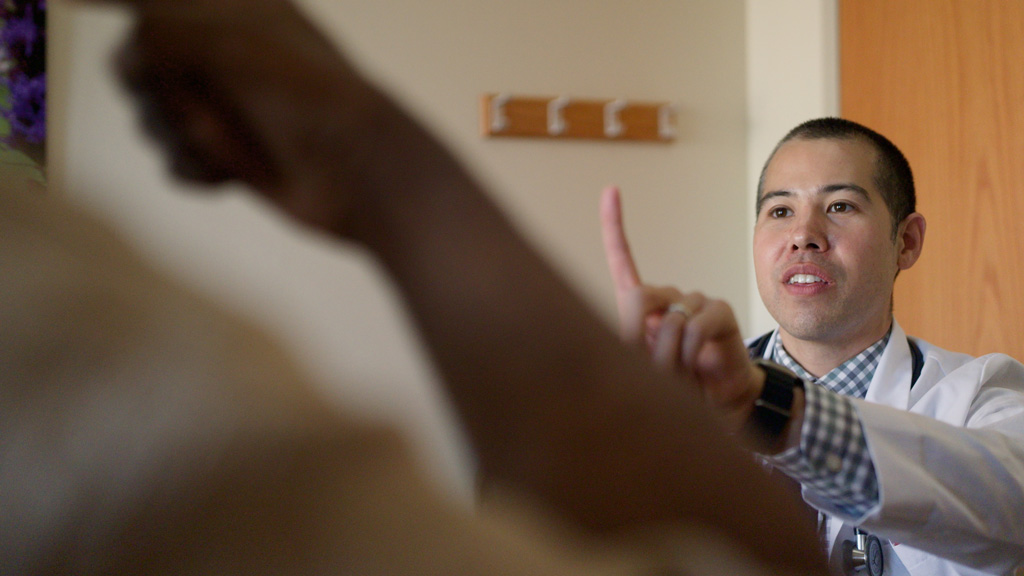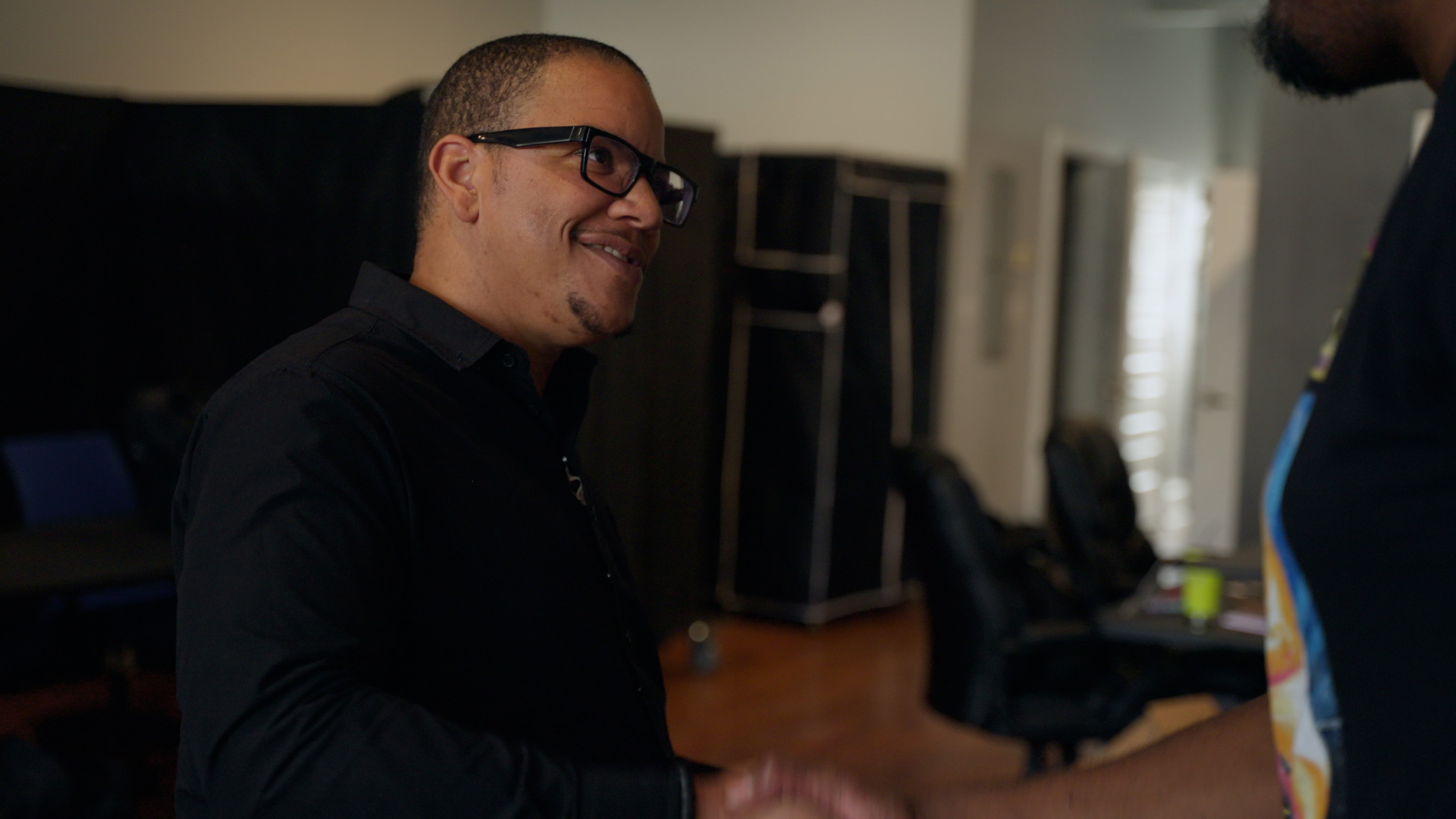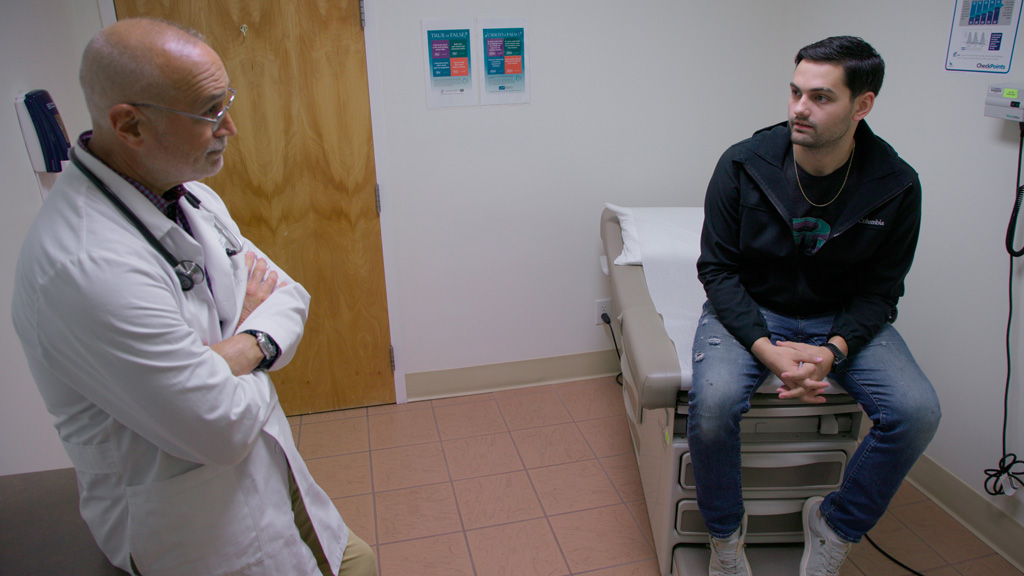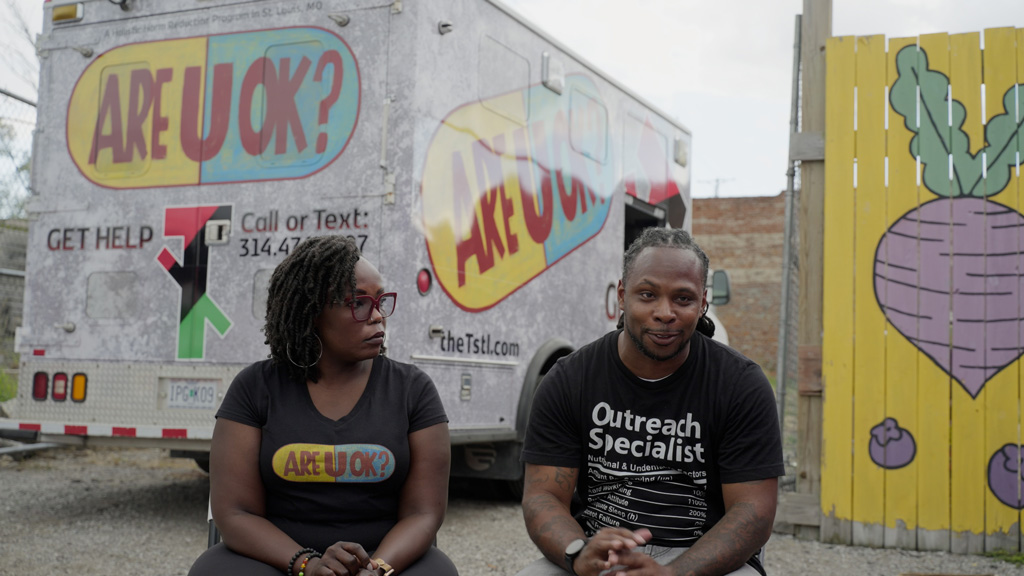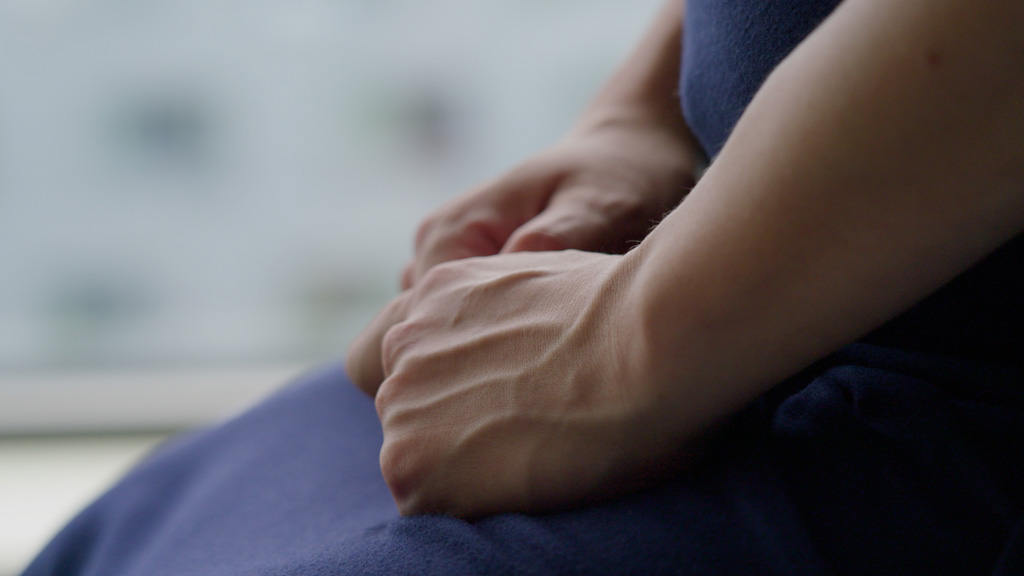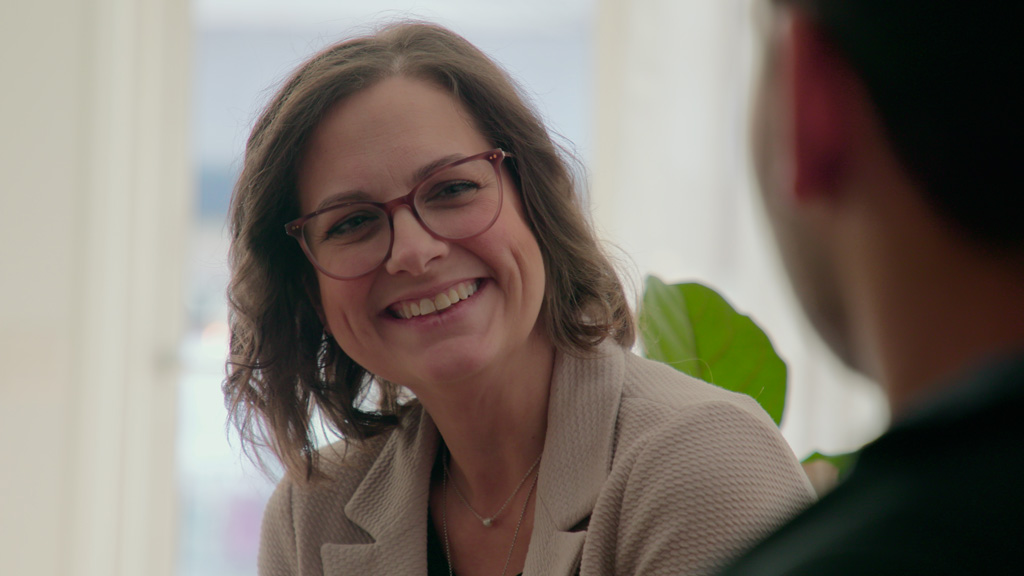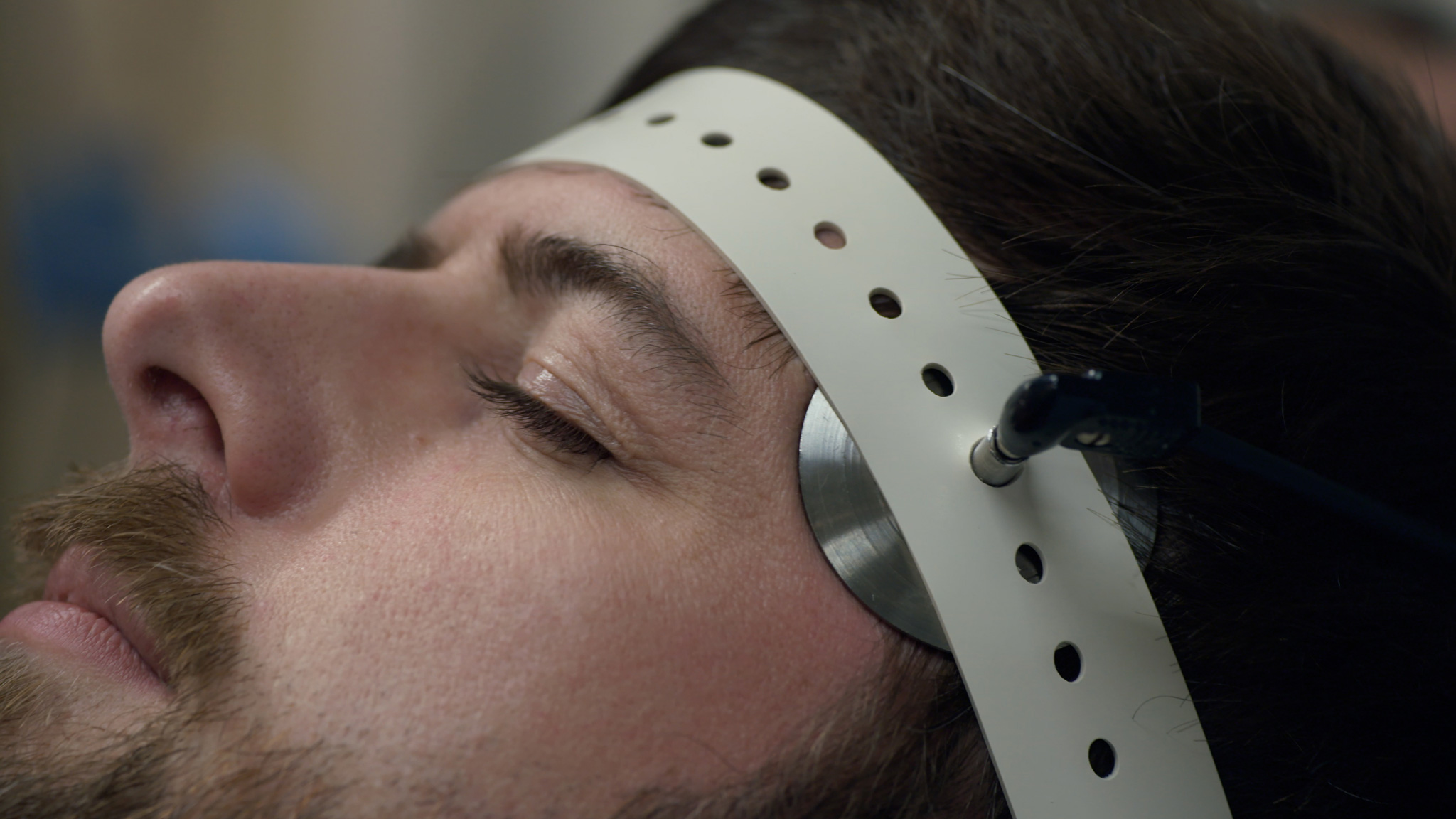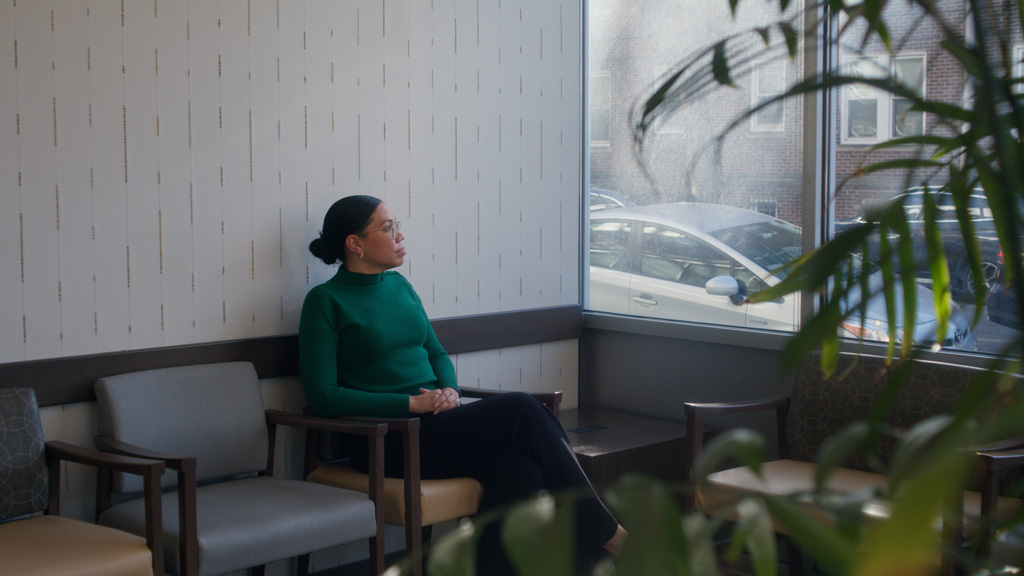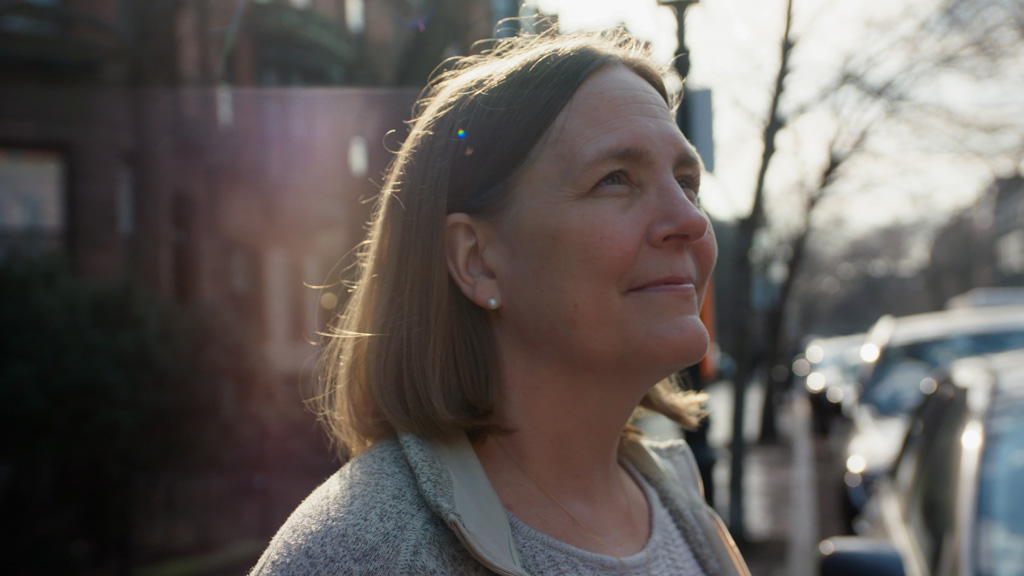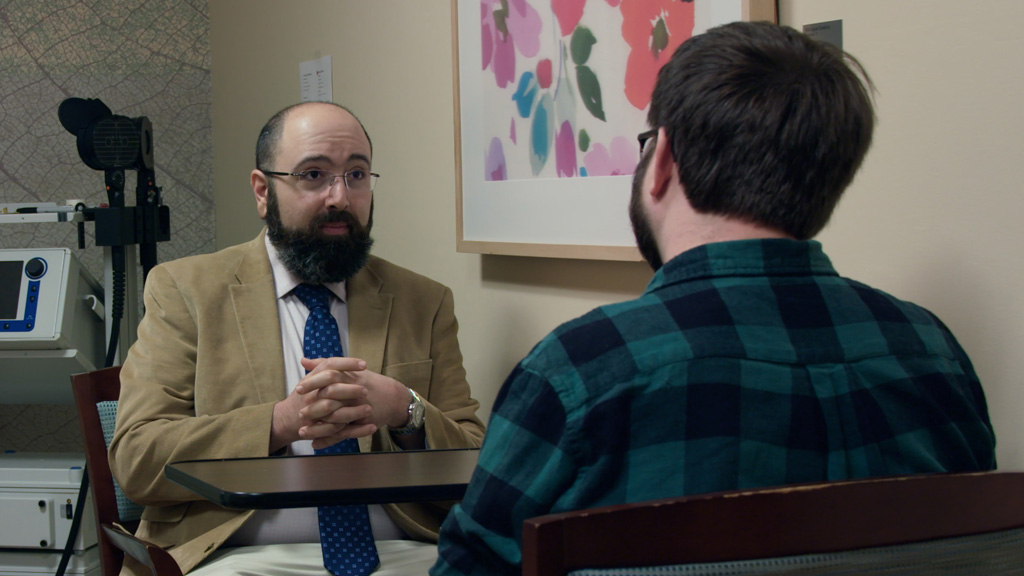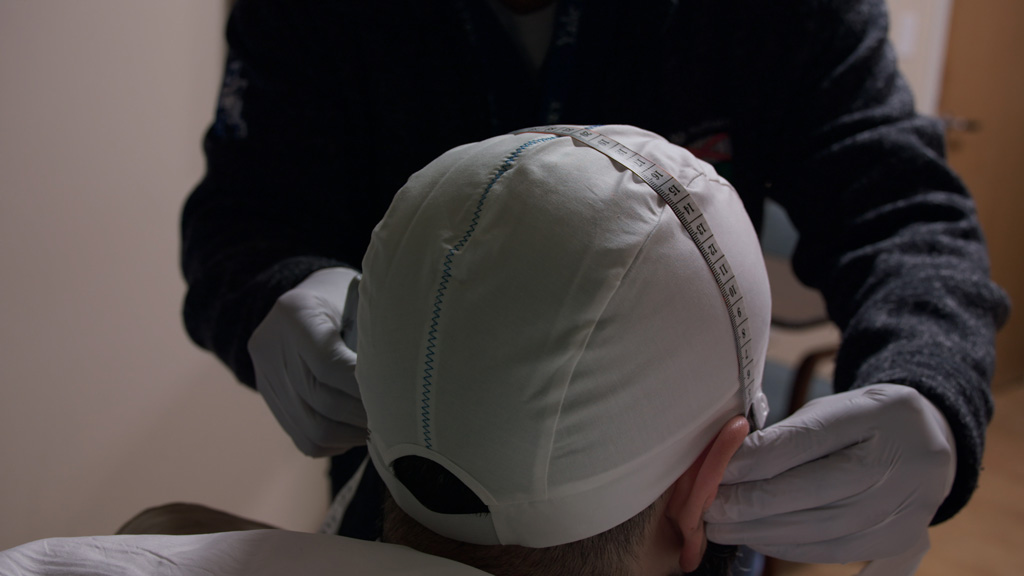double take season two
The new england journal of medicine
film production & story development
The New England Journal of Medicine (NEJM) Double Take series is a partnership between Youtube and NEJM to harness the power of video stories to bring trusted health information to medical audiences and non-medical audiences.
NEJM brought us on as their main external partner on the project. We created video stories about five topics for season one and five more for season two — Type 2 Diabetes, Firearm Storage and Safety, Medical Treatment of Opioid Use Disorder, Alzheimer’s Disease, and Depression. For each topic we created 2-4 video stories.
We worked closely with the NEJM editors to identify key learning points in each topic. We also took them through our story design process to ground the topics in the context of patient experiences, systems and structures, and other important aspects to create videos that offered a deeper understanding of each topic. A critical part of that process was having conversations with many people who have different perspectives and experiences, which greatly influenced the ultimate direction of each video story.

